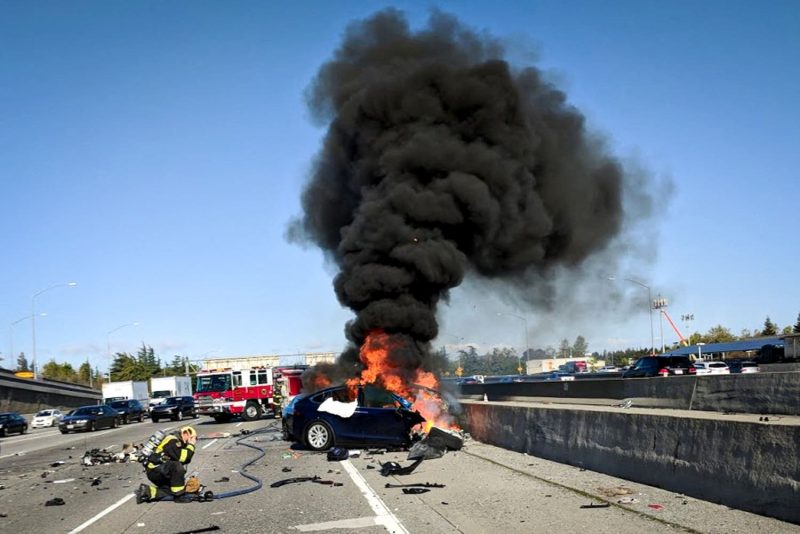Tesla Settles Lawsuit Over Autopilot Crash That Killed Apple Engineer
The recent settlement between Tesla and the family of Walter Huang, an Apple engineer who tragically lost his life in a car accident involving Tesla’s Autopilot system, has sparked discussions around the safety and accountability of autonomous driving technology. The incident, which occurred in March 2018, raised significant concerns about the capabilities and limitations of Autopilot, and has prompted both Tesla and other industry players to reevaluate their approach to self-driving features.
The lawsuit brought by Huang’s family alleged that Tesla’s Autopilot feature was defective and directly contributed to the crash that resulted in Walter Huang’s untimely death. According to the family’s legal team, Tesla had been aware of the limitations and potential risks associated with its Autopilot system but failed to adequately warn users or implement sufficient safeguards to prevent accidents like the one that claimed Huang’s life.
In response to the lawsuit, Tesla defended its Autopilot feature, arguing that it is designed as a driver assistance system and requires the constant supervision and input of the driver. The company emphasized that Autopilot is not intended to be a fully autonomous driving system and is meant to be used in conjunction with an attentive driver who can take control of the vehicle at any time.
However, the settlement reached between Tesla and the Huang family suggests that both parties have agreed to put the legal proceedings behind them and focus on the broader implications of the case. While the specific terms of the settlement were not disclosed, it is clear that the incident has prompted Tesla to reassess its approach to safety and user education regarding its Autopilot system.
Moving forward, it is crucial for companies developing autonomous driving technology to prioritize transparency, user education, and safety in order to prevent similar tragedies from occurring in the future. The rapid advancement of self-driving features presents exciting opportunities for innovation and convenience, but it also raises complex ethical and legal questions that must be carefully considered and addressed.
As the automotive industry continues to embrace the potential of autonomous driving technology, incidents like the one involving Walter Huang serve as poignant reminders of the need for robust safety protocols, clear communication with users, and ongoing evaluation of the risks associated with these advanced systems. By learning from past mistakes and actively working to improve the safety and reliability of autonomous driving features, companies like Tesla can help shape a future where self-driving technology enhances road safety and mobility for all users.

